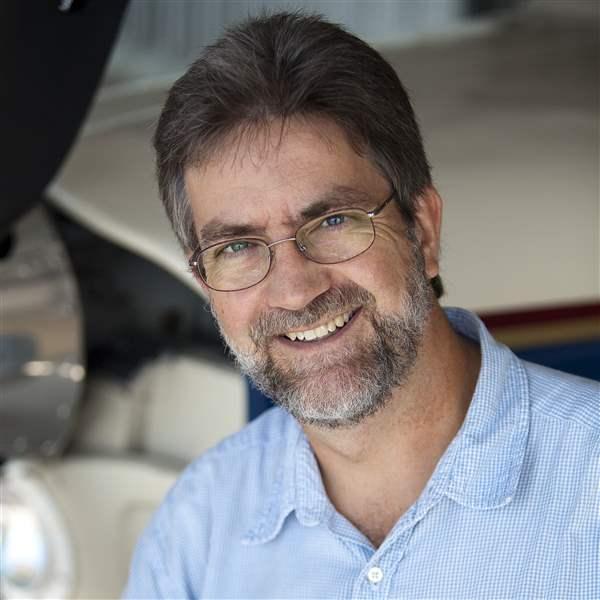Think about that. Remember the effort it took - or is taking - you to master the skills necessary to solo a contemporary training aircraft? Sure, it's easier for some people than for others, but it's not insignificant for any of us. And we have two very significant advantages over the Wright brothers. First, the performance characteristics of our airplane are well known and thoroughly documented in the pilot's operating handbook. Second, we're receiving the services of a certificated flight instructor who not only already knows how to fly, but also has been trained in how to teach others to fly. When Orville took off at 10:35 a.m. on December 17, 1903, success resulted from the brothers' intuition, research, experimentation, and persistence.
But wait, you say. The Wright brothers didn't show up on the sand dune to find that the previous renter had not yet returned with the plane; they didn't have to contend with air traffic controllers and mic fright; they didn't have to study the Aeronautical Information Manual or the federal aviation regulations; and because their flight was so short, they didn't have to prepare a navigation log or file a flight plan.
Clearly, some aspects of learning to fly were a lot simpler nearly 100 years ago. Personally, I'd rather spend some time with the books than have to design my own airplane and then teach myself to fly it. With the approaching centennial of powered flight in December 2003, several groups building replicas of the original Wright Flyer are finding out how difficult the airplane was to control, compared to modern aircraft. Instead of ailerons, which we pretty much take for granted, the Wrights used wing warping - actually bending the tips of the wings - to provide a similar effect.
A nonflying replica of the first powered airplane is on display at the Wright Brothers National Memorial, operated by the National Park Service in Kill Devil Hill, North Carolina, at the site of the Wrights' first flights. At some point in their flying careers, many pilots who appreciate the history of flight will make a pilgrimage to the Wright memorial. Of course, the best way to get there is to fly yourself - First Flight Airport is only a few hundred feet west of the sand where the Wrights made their first four flights.
Flying in to the First Flight Airport gets more convenient this month, when AOPA dedicates a new pilots' center at the facility (see "AOPA Action," ). The permanent structure, donated by the association on behalf of its members, was built to commemorate the legacy of the Wright brothers and the generations of pilots who have followed them. It will offer indoor restrooms and a flight-planning area; services today are limited to outhouses and a lone pay telephone for obtaining weather briefings or canceling flight plans.
We'll devote a few articles in AOPA Flight Training next year to exploring how much influence the Wright brothers still have on our flying today, and how some of their 100-year-old concepts are now being considered in a different light.
���
There's no question that learning to fly is much easier today than it was in 1903. It's also much easier to obtain an education in aviation-related subjects. This is our annual college issue, and beginning on page 27 you'll AOPA Flight Training's 2003 College Directory. The directory lists some 200 educational institutions that grant degrees - associate's, bachelor's, or master's - in aviation subjects. It's also available online ( www.aopaflighttraining.org/learntofly/collegiate_directory.cfm ).
While this directory is more accurate than last year's, we believe that some of the college information could be presented in a more useful manner. For example, the listing does not distinguish among the types of aviation degrees offered. While many of these colleges and universities offer degrees in a full range of aviation subject areas, others may only offer one or two choices - perhaps only in professional pilot areas, or related to aviation maintenance.
If you have any thoughts as to how we could make this information more useful to you, please let us know. We'd like to consider your suggestions when we discuss ways we can make this annual directory more valuable to our readers.

